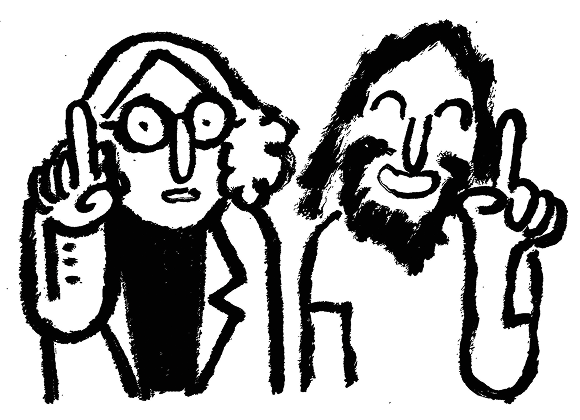The guns are placed next to slices of bright, juicy oranges. The pools are pristine, dark and eerily lifeless, never having been swum in. The houses are flat, fluorescent, unlivable. The portraits are not the standard forward-facing pose, but of the back of the head. I made these four notes to myself prior to sitting down with Salomón Huerta, a painter born in Tijuana, raised in Boyle Heights in Los Angeles, who has shown everywhere from the Whitney Biennale, Gagosian Gallery in London, to Harper’s in New York. He lost his home in Altadena during the Eaton Fire of 2025, but in the rush to complete a solo show shortly thereafter, he wasn’t really procrastinating on the idea of home. These dichotomies and ranges of experience are rich in understanding Huerta. He speaks of not finding joy in painting but of something more meditative. He completed his MFA from UCLA in 1998, and immediately found international recognition from some of the highest realms of the contemporary art world. He burnt out fast and taught himself to slow down. He wanted to be both conceptual and autobiographical on a canvas, and he was going to learn how to do it.
In early 2025, The New Yorker art critic, Jackon Arn, wrote a review of Giorgio Morandi’s exhibition at David Zwirner titled, “Giorgio Morandi Tried to Fit the World on a Table.” Knowing that Huerta’s stunning series of guns and snacks was influenced by Morandi, I couldn’t help but connect Huerta’s own practice to this title. Huerta is trying to fit his life onto these tables, memories of his father, in particular. Morandi, for his part, remains one of my favorite painters, one that gave the still-life a life through a richness of color. They achieved the rare feat of conveying a timeless weight and space. They give, in composition and form, an effortless sense of infinity. While interviewing Huerta in his Westwood studio, a painting was laying on the ground near us; a black gun and a half-peeled orange next to it on the edge of the kitchen table. The weight of it was palpable. How do these objects fit together on this surface? I remember Morandi saying that, “Nothing is more abstract than reality.” That Huerta mentions Morandi makes sense in relation to his own attempt to create a fluid narrative from conceptual art to his life; the guns and snacks offer both a jarring juxtaposition and a rich personal memory. It all feels connected to the continuous dichotomies of Salomón Huerta, his world all fitting beautifully atop a table.
Subscribe to continue reading
Learn more about our subscription plans to get the most out of The Unibrow.
View Subscription PlansAlready a subscriber? Log in




